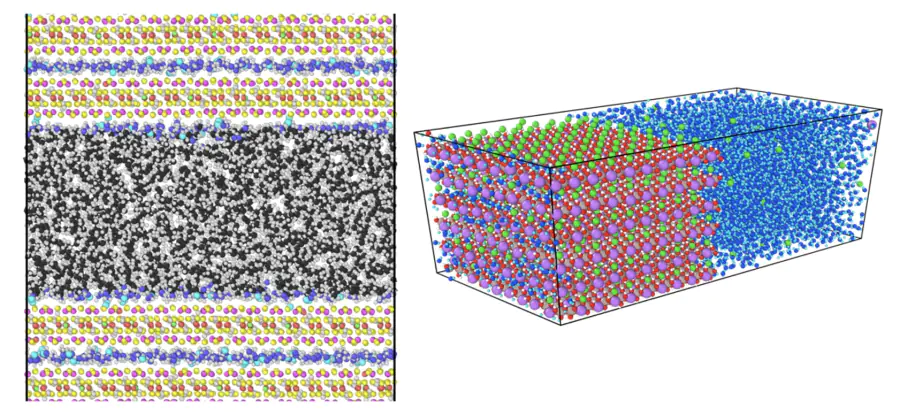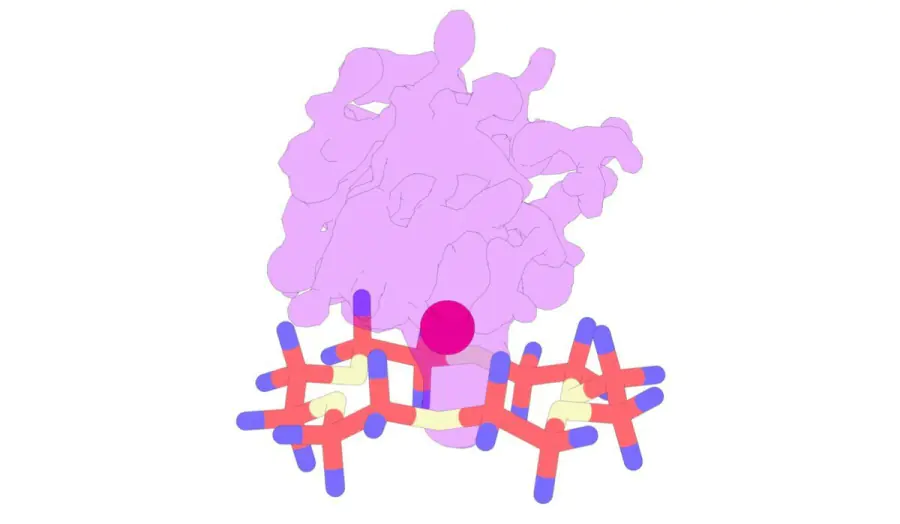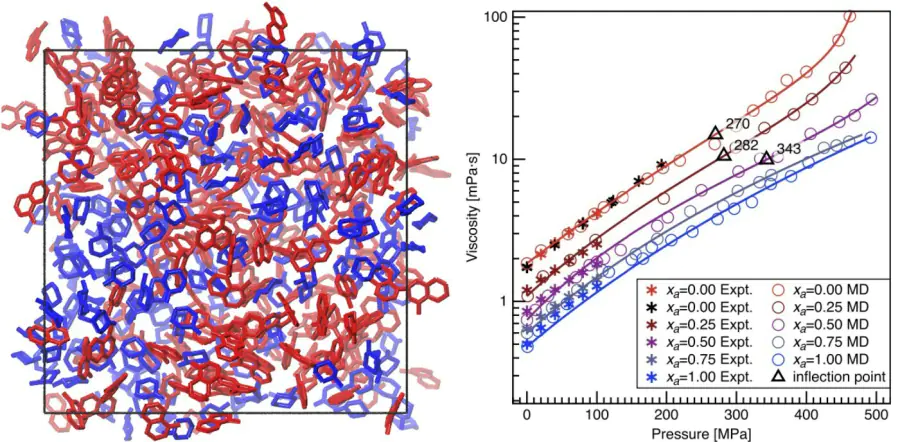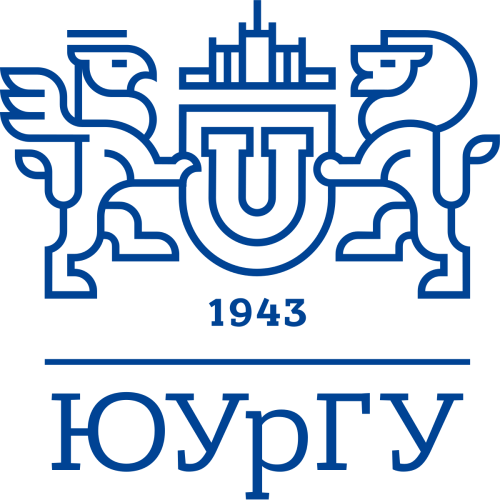Laboratory of Multiscale Modeling in Soft Matter Physics
Publications
42
Citations
520
h-index
13
Authorization required.
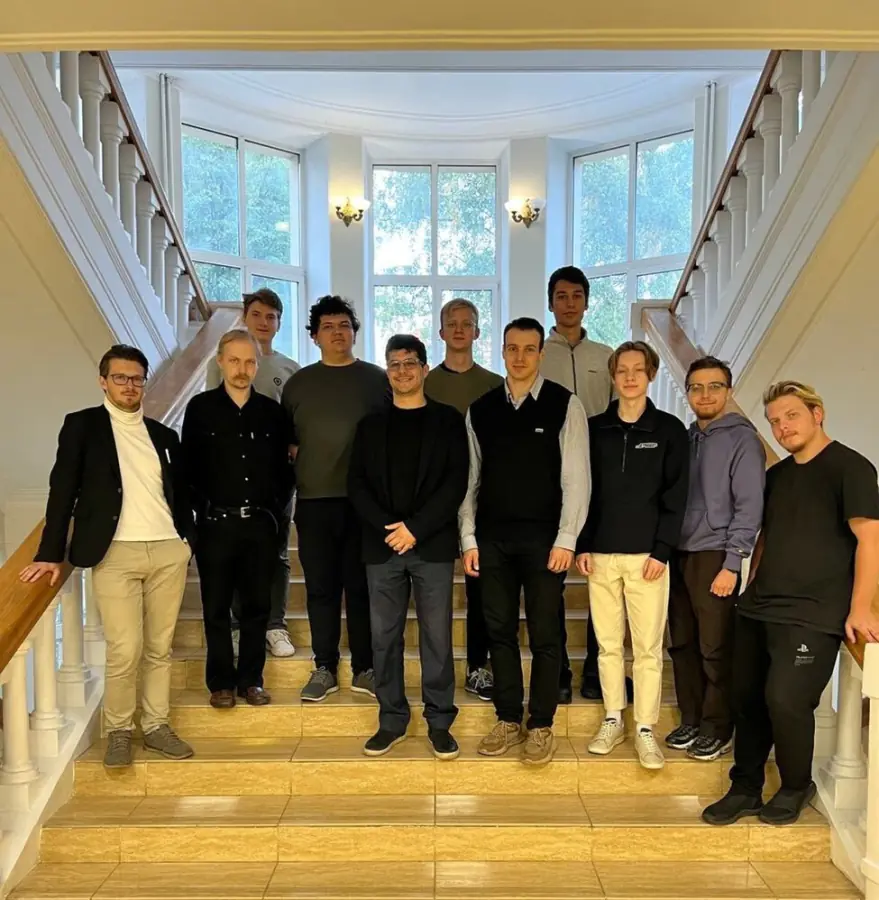
We are engaged in fundamental research of the properties of liquids and soft matter using supercomputer modeling methods, as well as the implementation of the results obtained in industry. The research includes the approbation of models of interatomic interaction for various systems, the description of the processes of capture of alkaline ions by heterocyclic compounds in various solutions, as well as consideration of the issues of sorption of ions and molecules on surfaces.
Research directions
Sorption of organic molecules and ions
+
Solubility of organic molecules
+
Ion complexes with heterocyclic compounds
+
Calculations of the properties of liquids
+
Publications and patents
Lab address
141701, Московская область, г. Долгопрудный, Институтский переулок, д.9
Authorization required.






